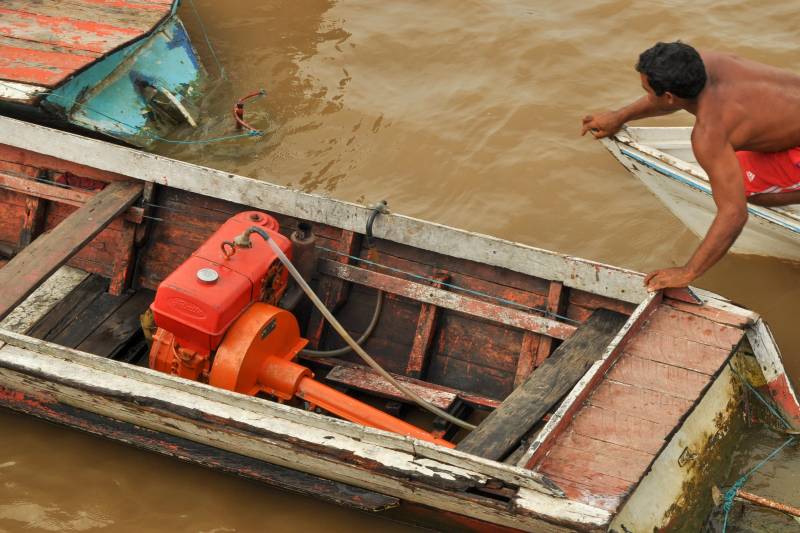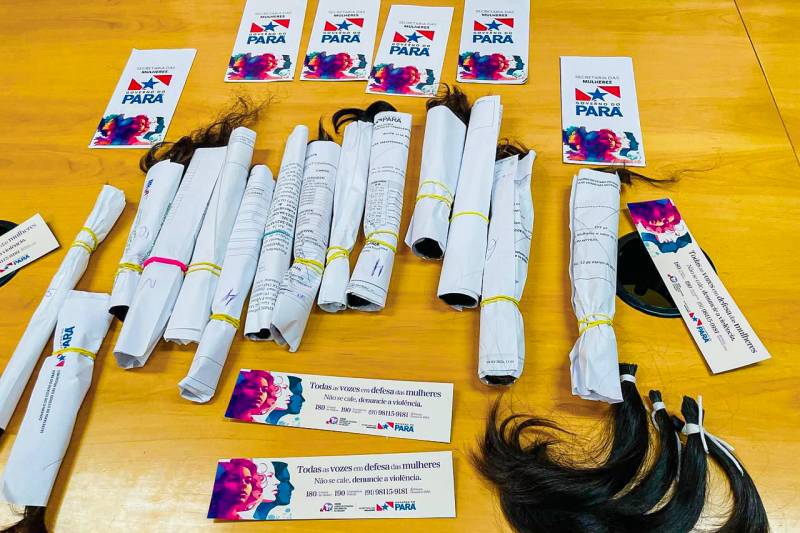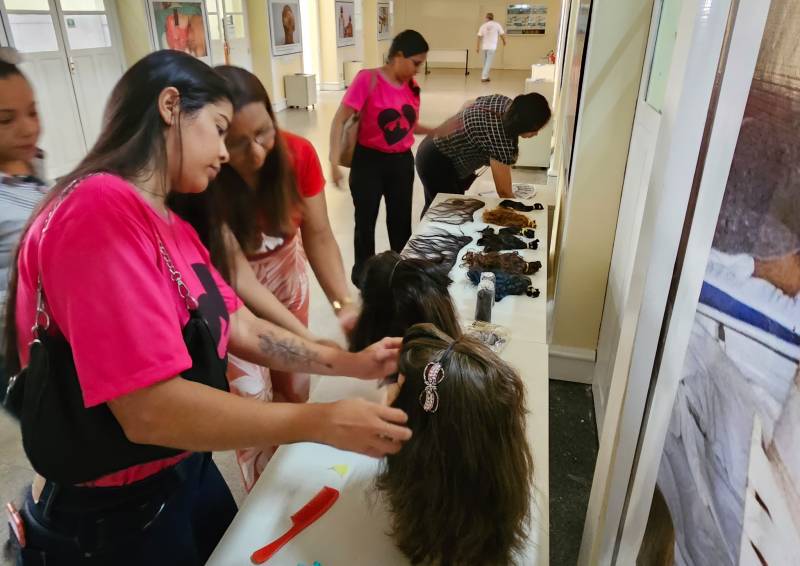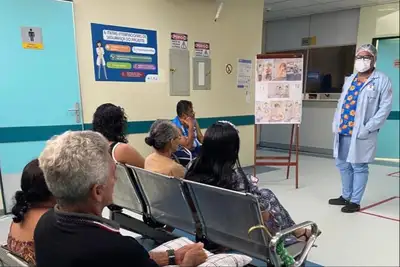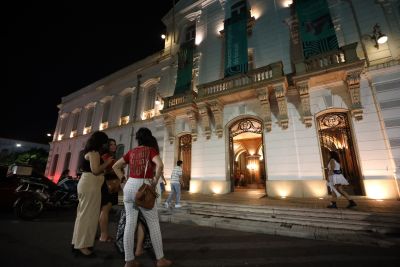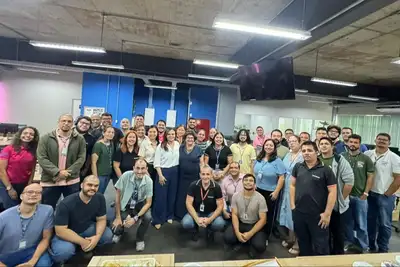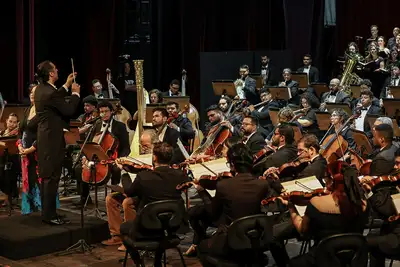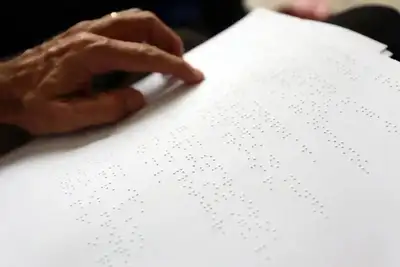Study on scalping conducted by Fapespa points to the profile of victims
Technical note outlines a historical overview of occurrences in Pará and the public policies that contribute to the support of victims and the eradication of this type of accident
August 28, established as National Day for Combating and Preventing Scalping, draws attention to one of the most traumatic accidents still faced by the riverside populations of the Amazon. In Pará, a study by the Amazon Foundation for Support of Studies and Research (Fapespa), prepared by the Directorate of Socioeconomic Studies and Conjunctural Analysis (Diepsac), reveals advances in addressing the problem and reinforces the need for joint action by institutions to eradicate the cases.
The technical note "Girl, woman, and riverside dweller of the Pará Amazon and the accident in vessels with scalping," published in January 2024, available on the Fapespa website, gathers data from the Captaincy of the Ports of Eastern Amazon, the Support House Espaço Acolher, and state surveys, outlining a historical panorama of occurrences in Pará.
"The study clearly shows that despite numerous initiatives, the accident of scalping is still a constant reality in our rivers, which is why even more investment is needed in awareness campaigns for users and owners of these vessels," evaluates the president of Fapespa, Marcel Botelho.
According to the survey, the Public Health Secretariat of Pará (Sespa) recorded 483 occurrences of scalping accidents in the State. The locations with the highest number of cases were: Belém (42), Portel (37), Cametá (32), Breves (32), Curralinho (26), Anajás (20), Muaná (19), São Sebastião da Boa Vista (18), Igarapé-Miri (16), Melgaço (14), Bagre (12), Santarém (12), Oeiras do Pará (12), Almeirim (11), Oriximiná (11), Gurupá (11), Abaetetuba (10), Limoeiro do Ajuru (10), other municipalities (95) and without information from users regarding the municipality (43).
In the timeline of accidents, the year 2009 negatively marked the fight against scalping, as it was a moment when Pará recorded the highest rate of cases, with 22 victims. However, it was in this same year that everything changed, starting with the creation of the federal law for the protection and attention to victims of scalping accidents. The regulation was created mandating the use of protection for the motor shaft and moving parts of vessels.
The Foundation for Studies and Research understands that by organizing, interpreting, and making available data, information, and diagnoses from the State of Pará, the possibility of making correct decisions towards the goals established in administrative management increases, across various levels of Government. Thus, providing reliable information allows Governments to have adequate instruments for decentralized management.
The victims - Scalping primarily affects riverside women with long hair, when the scalp is abruptly torn off in contact with the high-speed shaft of small vessels. Just a few seconds are enough for a life to be marked by physical sequelae and psychological damage.
The occurrence of scalping accidents predominantly happens with women who are still girls, residing along the banks of the rivers and streams of the Pará Amazon. The study identified that 98% of the people who are victims of scalping accidents are women and 2% are men. The cause may be related to the predominance of the number of riverside women who habitually choose to have long hair, which may be associated with the fact that 56.5% are practitioners of the evangelical religion.
Another aspect is that, in addition to being women, 67% of the victims are children and adolescents between 2 and 18 years of age. Adults and elderly people accounted for 33% of the cases. When checking the percentages by age groups, based on the care provided by Espaço Acolher, linked to the Santa Casa de Misericórdia, between the years 1964 and 2023, it was also noted that the highest number of scalping accident events involves children aged 7 to 9 years, accounting for 24%; followed by children aged 10 to 12 years, with 19% of the situations; and subsequently, 10% of the cases correspond to children aged 13 to 15 years.
Amazônia – With this study, it was possible to ascertain that only three States record scalping: Pará, Amapá, and Amazonas, and it was found that regional peculiarities contribute to the emergence of cases. The Amazon Region spans 8 million km², with the largest hydrographic basin on the planet. In this context, traversing areas of large or small stretches of rivers, streams, and channels requires the use of vessels. For riverside dwellers, a group recognized as traditional peoples living along the banks of the Amazon rivers, this process is habitual, as the waters are often the only possible route for carrying out daily movements.
According to the study, the Captaincy of the Ports recorded the existence of 21,232 vessels, of which 6,163 would be solely for passenger transport. However, it is estimated that approximately 40,000 vessels operate under clandestine conditions. Factors that contribute to scalping situations in small passenger transport vessels in the State. From 2006 to 2022, the institution recorded 173 episodes of scalping accidents. The year 2009 had the highest number of accidents in the historical series, with 22 cases. From that year onwards, the numbers reached lower levels, closing 2022 with 7 occurrences in Pará and Amapá.
Support network – The impact mark of the accident is to provide victims with unimaginable suffering, reverberating in significant physical, psychological, and social suffering for a lifetime. The protection of victims comes in the form of public policies and a consistent network of protection and social attention. In Belém, care for scalping victims has been occurring since 2002 at the Santa Casa de Misericórdia do Pará Foundation, through the Comprehensive Care Program for Scalping Victims (Paives).
Within governmental actions in the fight for the eradication of the accident, the Commission for the Eradication of Scalping Accidents (CEEAE) in vessels of Pará was created, which brings together the cooperation of various state institutions with the perspective of intersectoral intervention on the issue, through multiprofessional approaches.
The State Public Health Secretariat (Sespa) is responsible for carrying out prevention actions, training professionals, coordinating and mobilizing state collaborators and civil society to address the issue. The State Secretariat for Social Assistance, Labor, and Income (Seaster) works to facilitate victims' access to programs, projects, services, and benefits of public policy.
Another resource for attention to victims of scalping accidents in Pará is the Support House Espaço Acolher. The place is characterized as a residence for prolonged follow-up, having in its premises hospital-class facilities, through the action of the State Department of Education (Seduc), with relative infrastructure conditions to ensure minimum well-being for scalping victims undergoing treatment in the city of Belém.
In this process, there is also the participation of the Brazilian Navy, through the Captaincy of the Ports, which develops various actions, such as vessel inspections, free installation of the shaft cover on small vessels, prevention campaigns, among others. From 2009 to 2022, the Navy installed 5,339 vessel shaft covers. The installation of the shaft cover on small vessels is a crucial procedure due to its effectiveness in eradicating scalping accidents.
To read the technical note "Girl, woman, and riverside dweller of the Pará Amazon and the accident in vessels with scalping," click here.


